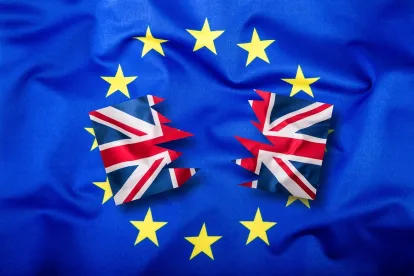On April 18, UK Prime Minister Theresa May announced her intention for a general election to be held on June 8. The announcement came three weeks after the March 29 submission by the United Kingdom of the “Article 50” notice to begin exit negotiations from the European Union (for further information see the Corporate & Financial Weekly Digest edition of March 31, 2017).
Under the UK Fixed Term Parliaments Act, a general election is held every fifth year after the previous election. This would have resulted in the next election taking place in 2020, one year after the March 2019 deadline for Brexit negotiations to have concluded. In order to bring the election forward to June 2017, a two-thirds vote of the House of Commons is required to assent to the new timetable. This vote was passed on April 19, with 522 Members of Parliament (MPs) voting for, and 13 MPs voting against, the motion.
One of the key reasons cited by Mrs. May for the snap election is a desire to strengthen the UK’s hand in negotiations with the European Union. An increase in the Conservative Party’s working majority in the House of Commons (currently 17 MPs) would give Mrs. May greater authority to pursue a Brexit agreement.







 />i
/>i

